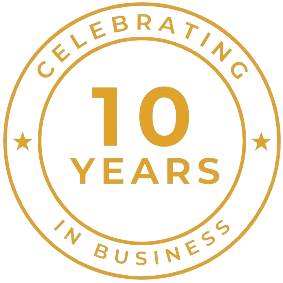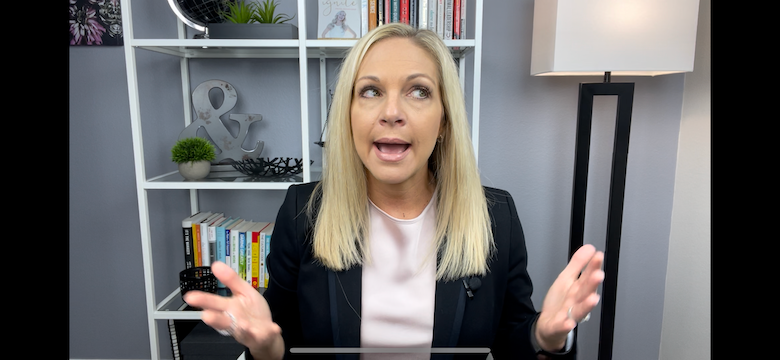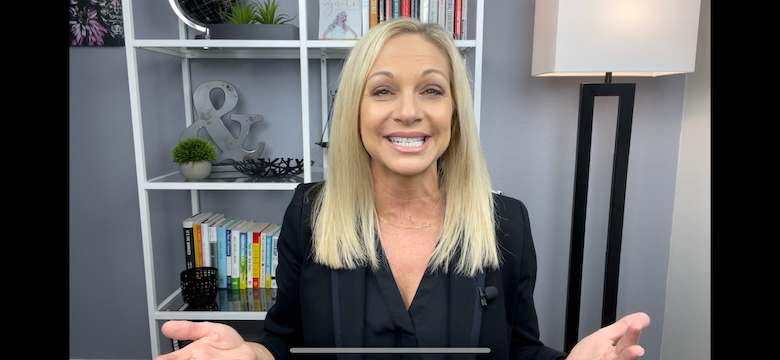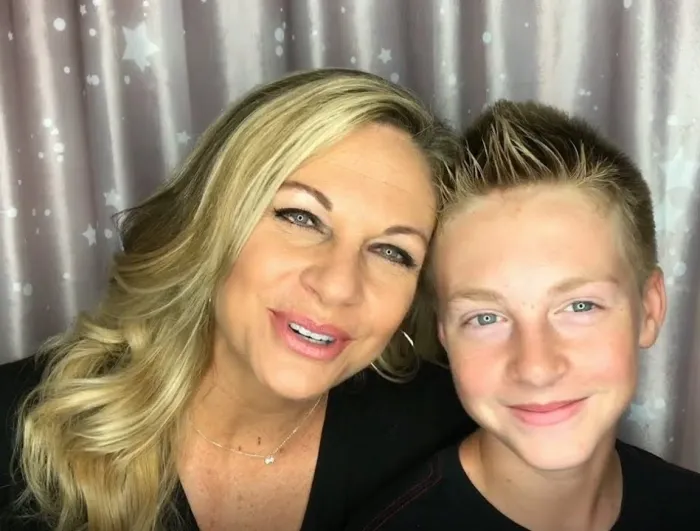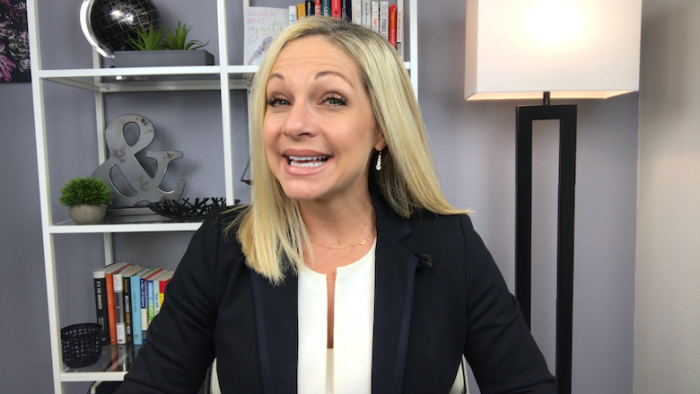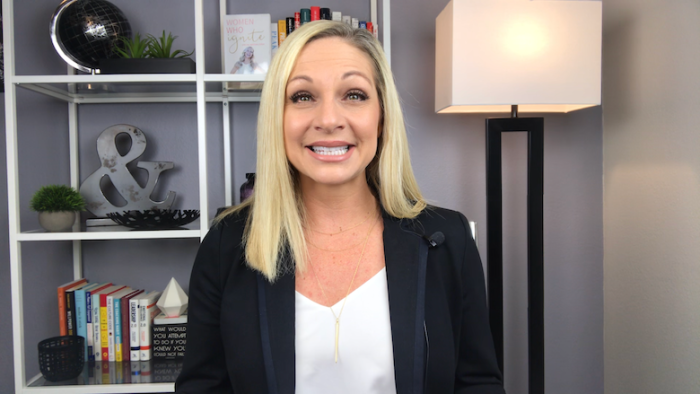
First Step to Mitigate Burnout
In last week’s video I shared the signs that indicate you’re on the verge of burnout. So what happens if they’re happening to you? What next? Since burnout occurs when workplace stress is not properly managed, your first step will take place at

